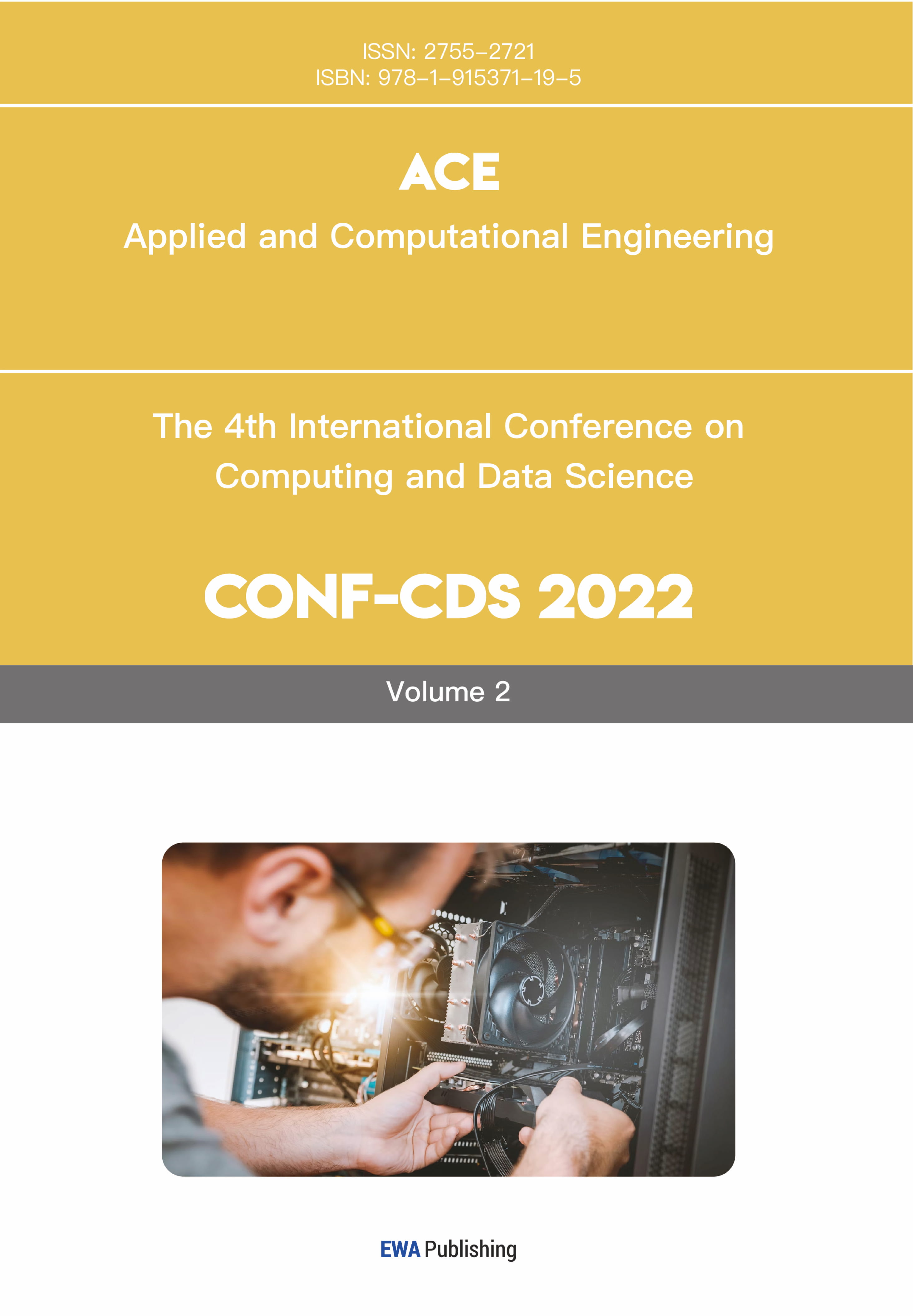References
[1]. Generative AI accelerates homologation: FEV simplifies country-specific type approval processes. (2025). M2 Presswire.
[2]. Tasdelen, O., & Bodemer, D. (2025). Generative AI in the classroom: Effects of context-personalized learning material and tasks on motivation and performance. International Journal of Artificial Intelligence in Education, prepublish, 1–22.
[3]. Shabeeb, Z., Goyal, N., Nantogmah, A. P., & Lin, S. (2025). Learning the diffusion of nanoparticles in liquid phase TEM via physics-informed generative AI. Nature Communications, 16(1), 6298.
[4]. Wu, Z., Cao, L., & Qi, L. (2024). EVAE: Evolutionary variational autoencoder. IEEE Transactions on Neural Networks and Learning Systems, 36(2), 3288–3299.
[5]. BrightEdge Survey: Brands adapting to rise of AI-search and shift to generative engine optimization. (2025). Manufacturing Close-Up.
[6]. Yang, X., Liu, X., & Gao, Y. (2025). The impact of generative AI on students’ learning: A study of learning satisfaction, self-efficacy and learning outcomes. Educational Technology Research and Development, prepublish, 1–14.
[7]. Lee, C., Kim, J., Lim, S. J., & Zhang, Y. (2025). Generative AI risks and resilience: How users adapt to hallucination and privacy challenges. Telematics and Informatics Reports, 19, 100221.
[8]. Guha, P., Chen, S., Georges, A., & Dutta, A. (2025). Turning to Gen-AI as an empowerment tool for parents of teenage girls for conversations on online sexual harassment. AI & Society, prepublish, 1–13.
[9]. Rodger, D., Mann, P. S., Earp, B., & Zhu, X. (2025). Generative AI in healthcare education: How AI literacy gaps could compromise learning and patient safety. Nurse Education in Practice, 87, 104461.
[10]. Granić, A. (2025). Emerging drivers of adoption of generative AI technology in education: A review. Applied Sciences, 15(13), 6968.
[11]. Vinothkumar, S., Varadhaganapathy, S., Shanthakumari, R., Dhanushya, S., Guhan, S., & Krisvanth, P. (2024, June). Utilizing generative AI for text-to-image generation. In 2024 15th International Conference on Computing Communication and Networking Technologies (ICCCNT) (pp. 1–6). IEEE.
[12]. Croce, V., Caroti, G., De Luca, L., Piemonte, A., & Véron, P. (2023). Neural radiance fields (NeRF): Review and potential applications to digital cultural heritage. The International Archives of the Photogrammetry, Remote Sensing and Spatial Information Sciences, 48, 453–460.
[13]. Koetzier, L. R., Wu, J., Mastrodicasa, D., Lutz, A., Chung, M., Koszek, W. A., ... & Willemink, M. J. (2024). Generating synthetic data for medical imaging. Radiology, 312(3), e232471.



